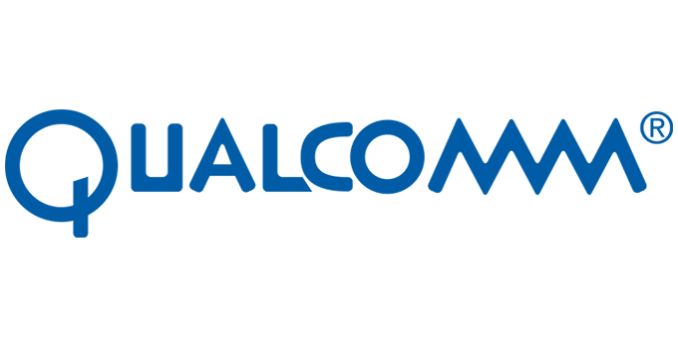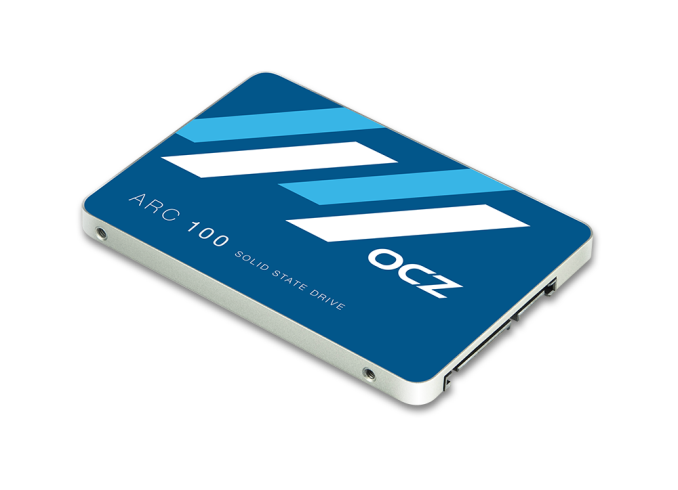
China Fines Qualcomm $975 Million for Anti-trust Violations
Word comes out of China this evening that an ongoing anti-trust investigation into Qualcomm has come to an end. Ruling against Qualcomm, China’s National Development and Reform Commission has found Qualcomm guilty of violating Chinese anti-trust laws, and has fined the company $975 million alongside imposing new licensing rules on the company.
At the crux of the matter has been Qualcomm’s patent licensing program in China, portions of which the NDRC has asserted violate Chinese law. As Qualcomm owns a number of standards-essential 3G and 4G patents, Chinese firms must in turn license these patents for their phones and cellular-enabled tablets. To that end, Qualcomm’s bundling of various patents has been under extreme scrutiny, particularly the bundling of other patents with the standards-essential 3G and 4G patents, a process that would force Chinese manufacturers into paying more to license additional patents they did not need.
As a result of the NDRC’s ruling, Qualcomm is being fined 6.088 billion yuan ($975 Million) and is having new royalty rules imposed. Resolving the immediate problems that lead to the ruling, Qualcomm will now be required to offer the standards-essential 3G and 4G patents separately, putting an end to the bundling practice. Meanwhile new royalty rates and procedures are also being set; Qualcomm’s rates in China will be similar to the rest of the world, and the rates will be calculated against 65% of the total value of the device.
Overall the $975 million fine is the largest in Chinese history, and while it will put a dent into the company’s pockets in the short-run, it is still less than half of the company’s $1.97B net income for their most recent quarter. More significant is the ongoing revenue impact from the reduced licensing revenue, which has already caused the company to reduce their 2015 earnings forecasts by $0.58 per share. More than half of Qualcomm’s net income comes from royalties from patent licensing, so anything that impacts their patent licensing business has a significant impact on their bottom line.
Finally, Qualcomm will not be appealing this fine, having entered into it as part of an agreement with the NDRC to end the anti-trust investigation.
Read More ...
OCZ Releases Critical Firmware Updates for ARC 100 & Radeon R7 SSDs
A little less than two weeks ago OCZ released critical firmware updates for the ARC 100 and Radeon R7 SSDs, so I figured I would give the owners a heads up along with a more detailed explanation of the contents of the update. First things first, the word critical in this context doesn't mean that the drives are subject to a major issue or bug that turns the drive into a brick, so there's no need for mass hysteria here.
The first and only observed issue is related to DRAM corruption. In the old firmware a DRAM refresh could happen during a what is called the training period, which is the duration of DRAM timing calibration during the controller power on. That lead to potential DRAM corruption that could jeopardize the drive's reliability, so the new firmware simply moves the DRAM refresh outside of the training period. This is a rather corner case issue and only applied to the 480GB ARC 100 and Radeon R7, but it's an important fix nevertheless.
The second fix in the new firmware is improved robustness of uncorrectable error handling. This is a fruit of OCZ's robustness testing and improves the firmware recovery in worst case scenarios.
The third and final fix improves read-retry on bad block list, which enhances the security of the bad block list. As the list is stored in NAND like any other data, it's susceptible to the standard NAND failures, so the update puts improvements in place in case the NAND blocks storing the bad block list went bad and required read-retry routines. This is more of a theoretical "what if" scenario, but as always any and all reliability improvements are welcome.
Basically, the error handling and bad block list enhancements were engineered for the upcoming Vector 180 and are now making their way into the existing Barefoot 3 based SSDs. Neither of them are related to any known issues, but are simply a part of OCZ's continuous firmware development and support. The Vertex 460A will also be getting the update with more robust error handling in the near future.
The update carries a version number 1.01 and is available on OCZ's website.
Read More ...
Mushkin Reactor 1TB SSD Review
Silicon Motion has practically become the new SandForce. Almost every tier three manufacturer (i.e. one with no controller/firmware IP or NAND fab) has released an SM2246EN based drive in the past ten months and recently Silicon Motion scored two major tier one partners (namely Micron/Crucial and SanDisk) as well. To be honest, this hasn't come as a surprise because the SM2246EN is a really solid controller with good performance and more importantly it's been mostly issue free (which is something that cannot be said about SandForce). Mushkin's Reactor combines the SM2246EN with Micron's latest 128Gbit 16nm MLC NAND, and this is actually the first time we've encountered a non-Micron/Crucial SSD with Micron's 16nm NAND. Read on to find out how the SM2246EN performs with Micron's latest NAND!
Read More ...
Microsoft's Hipsters Hawk Colorful Low-End Lumia 435 and 532
New smartphones aren't available in the U.S. anytime soon, but don't worry, they're rather redundant with existing models, anyway
Read More ...
Quick Note: Whoops -- Drone Safety Demo Ends in Near Crash
Even skilled operators can make mistakes with these sensitive devices... keep your distance
Read More ...
Microsoft Drops Price of Kinect-Equipped Xbox One to $449 USD Thru Feb. 21
Now Microsoft's entire lineup has been brought down in price
Read More ...
Quick Note: Office 2016 Preview for Windows 10 is Available
New version offers full Office on touch-driven ARM devices like Windows 10 smartphones and tablets
Read More ...
Available Tags:OCZ , Radeon , SSD , Microsoft , Xbox , Windows ,



No comments:
Post a Comment